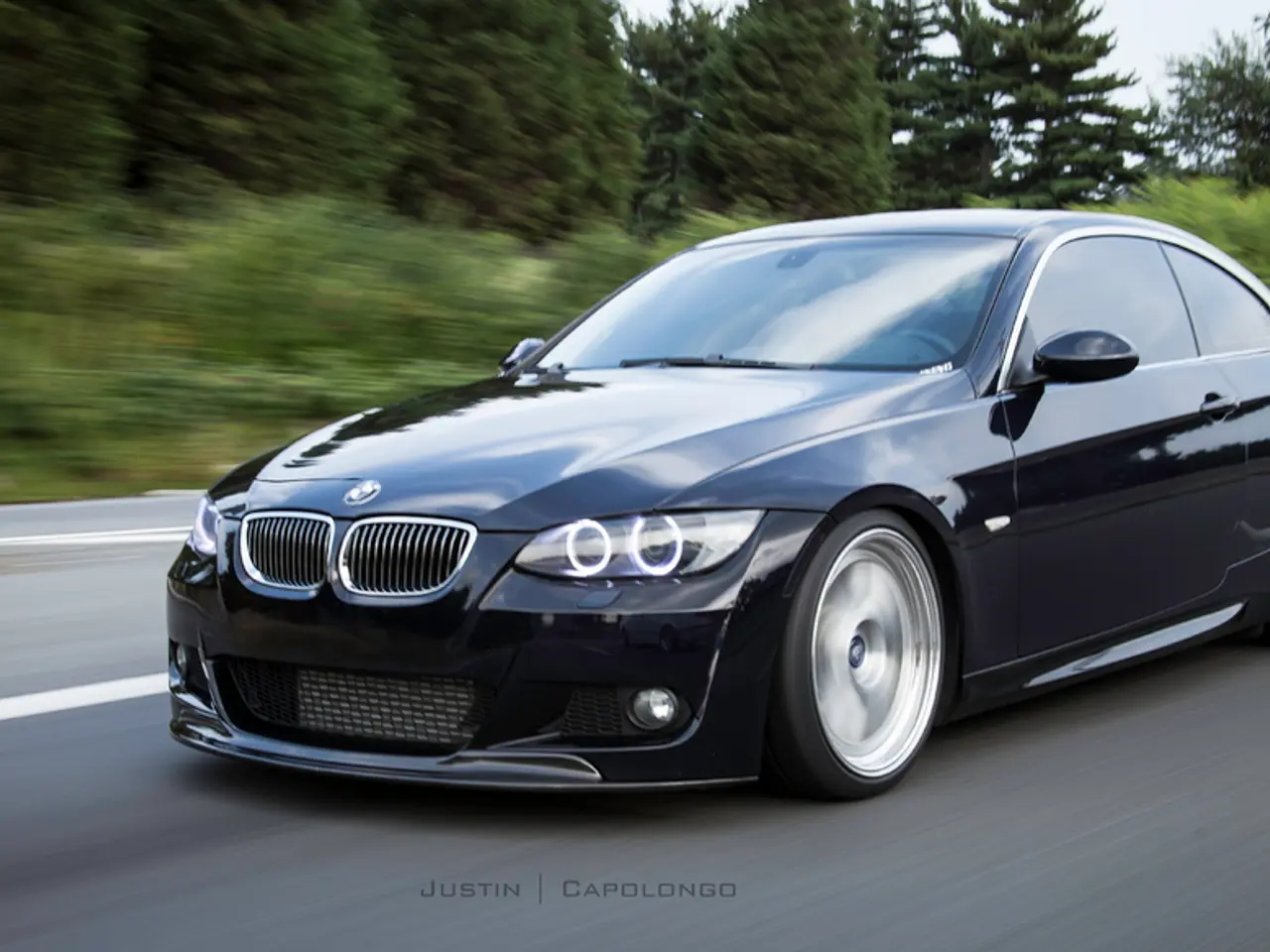Steel Titan ArcelorMittal Abandons Green Steel Blueprint in Bremen and Eisenhüttenstadt: Soaring Electricity Prices, Weak Demand, and EU Policy Uncertainty Force a Change
Inefficiency issues prompt ArcelorMittal to revise strategies for producing green steel
Get the latest updates on this story via Facebook Twitter Whatsapp E-Mail Print Copy Link
In a turn of events, ArcelorMittal, the global steel behemoth, has scrapped its plans for "green" steel in Bremen and Eisenhüttenstadt citing an array of obstacles. As announced, the firm is unable to carry on with investments in CO2-reduced steel production due to the unfavorable market conditions and the financial impracticality of the project. As a consequence, ArcelorMittal must officially inform the federal government, as per contractual obligations, since the deal for a €1.3 billion promotion to initiate the project's construction by June 2025 was in place.
Rather than pursuing green steel, ArcelorMittal will concentrate on the planning phase for setting up electric arc furnaces in both Bremen and Eisenhüttenstadt. These newly installed facilities will be ready to operate once the production becomes profitable in those locations. In the case of Eisenhüttenstadt, the existing electric arc furnaces will be replaced. In Bremen, a direct reduction plant and an electric arc furnace will be established. Ultimately, the new plants will utilize green hydrogen, derived from renewable energy sources, as their power source.
[Note: Green hydrogen is hydrogen produced with the use of renewable energy.]
Source: ntv.de, dpa
Behind the Curtain:
ArcelorMittal halts its intended €1.3 billion investment in hydrogen-based green steel production at its German Bremen and Eisenhüttenstadt sites due to a cluster of critical challenges. The company's contractual obligation to initiate construction by June 2025 to secure German federal government funding was not met. However, ArcelorMittal has formally communicated to the government that the investment cannot proceed, owing to adverse market conditions, including high electricity prices, weak steel demand, uncompetitive hydrogen economics, and policy uncertainty within the EU. These factors, in combination, pose insurmountable challenges for the company to proceed with the direct reduced iron (DRI) and electric arc furnace (EAF) decarbonisation projects at these flat steelmaking locations[2][4][5].
Following the shelving of these green steel plans, ArcelorMittal has called for stronger and swifter European policy support to facilitate the shift to low-carbon steelmaking technologies. The company remains committed to its sequential decarbonisation strategy in Europe, which encompasses further steps focused on the Bremen and Eisenhüttenstadt sites, though with revised or delayed timelines given the current hurdles[1].
In a nutshell:
- The reasons for halting the investment: - Contractual requirement for construction start by June 2025 wasn't met
- High electricity prices
- Weak steel demand
- Uncompetitive economics for hydrogen-based production
- EU policy uncertainty and lack of support
- New plans: - Swifter and stronger EU action on policies supporting low-carbon steelmaking
- A sequential decarbonisation approach will persist, focusing on Bremen and Eisenhüttenstadt but omitting the originally planned DRI and EAF hydrogen-based facilities for the time being[1][2][5].
This dilemma faced by steel producers to transition to green steel amidst a volatile market and unpredictable regulatory environments illustrates the broader challenges this sector confronts.
The global steel giant, ArcelorMittal, has abandoned its plans for hydrogen-based green steel production due to a combination of factors, including high electricity prices, weak demand, uncompetitive hydrogen economics, and policy uncertainty within the EU. Instead, the company is shifting its focus to electric arc furnaces in Bremen and Eisenhüttenstadt, with plans to utilize green hydrogen derived from renewable energy sources once production becomes profitable. ArcelorMittal advocates for stronger and swifter European policy support to facilitate the industry's transition to low-carbon steelmaking technologies, a crucial step towards addressing climate-change and promoting environmental-science. This decision underscores the challenges faced by the industry in transitioning to green steel amidst volatile market conditions and unpredictable regulatory environments, a concern that impacts not only the steel industry but also the environmental and finance sectors.




